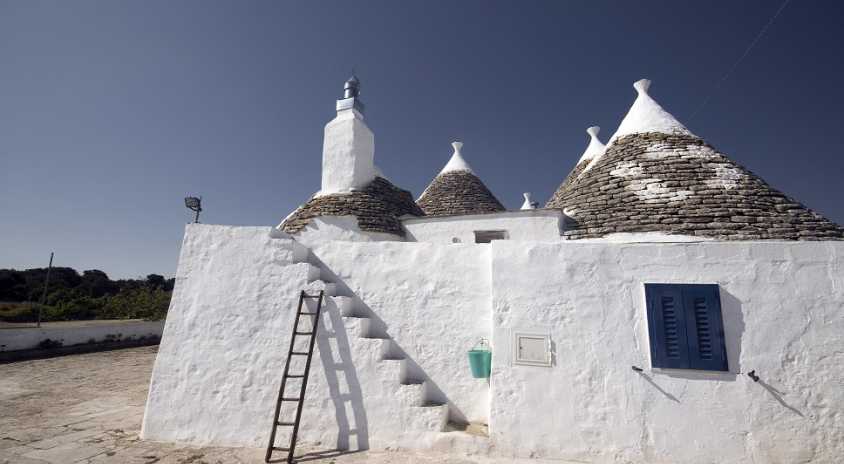Discovering Puglia: Burrata Cheese and the Itria Valley
Discovering Puglia: Burrata Cheese and the Itria Valley
Burrata is an Italian milk product hailing from beautiful Puglia, basically consisting of a shell of mozzarella, filled in with a mix of strands of mozzarella and cream.
Let’s start from the very beginning: what is Burrata cheese and why is it so delectable?
Well, Burrata is a stretched curd cheese produced from cow’s milk looking like a creamy and gooey mozzarella. Actually, its uniqueness lies in the fact of being a dual structure cheese: in fact, basically this special Italian milk product consists of an outer shell of mozzarella, filled in with a mix of strands of mozzarella and cream. This filling is also called “Stracciatella” because the pieces of mozzarella are hand torn.
At the time of consumption the outside color should be creamy white and pure white inside, the texture should be creamy but slightly acidic due to the presence of lactic acid bacteria. If you want to know more about how to eat Burrata, find out our tips and recipes, like: Burrata Cheese and Prawns; Burrata Cheese with Figs and Raw Ham; Warm Cream of Peas with Mint and Burrata.
The origins of Burrata cheese
Unlike other types of cheese, Burrata was invented recently, in the early 1900s, by the Chieppa dairy factory, located in Andria (Puglia). Today considered a true delicacy, Burrata cheese was once a poor dairy product. In fact, it seemed a good way to recycle the residues deriving from the spun paste processing, as well as the serum. Unfortunately, Burrata has not been awarded with any European protection designation and is simply registered among the traditional products of Puglia.
Today Burrata cheese is produced throughout the region but the most famous are those of Andria, Corato and Martina Franca, the latter situated in the breathtaking Valle d’Itria with its thousands of Trulli.
The trulli of Valle d’Itria
One of the most magical places to visit in Puglia is Valle d’Itria (Itria Valley), with its perfectly preserved trulli which are a unique example of dry stone construction technique.
All around is the fertile countryside with bright colors framed by beautiful stone walls still used by farmers to demarcate their crops. Every day the bright and fabulous Valle d’Itria continues to be the dreamy set of perfect interaction between humans and nature. A certain curiosity is caused by the symbols appearing on the cone of the Trulli, drawn freehand, using lime, whic is has disinfectant power. Some of them were designed to protect the family, others against the evil eye, and still others were used to worship a deity in order to get a good harvest.
The near town of Alberobello is known as the “City of the Trulli” and is the most representative example of this type of construction, consisting of a multitude of trulli grouped together to form a whole town. The town of Alberobello owes its fame to the count of Coversano, John Acquaviva of Aragon, called the “one-eyed”, who was the ruler of that little feud in the sixteenth century. The Count wanted to free this feud from the Bourbon court of Naples, and for this reason he urged the farmers to live there. When the “Pragmatic Baronibus” law imposed the Bourbon’s monopoly on all the buildings and the payment of a fee for each new urban area, the Count forced his subjects to build their dwellings with dry stone without using mortar. In this way, in the event of government inspections, the trulli could be disassembled and reassembled in a few hours. in 1797 the protests of some citizens of Alberobello, brought King Ferdinand IV of Bourbon to issue a decree that freed the village from the domain of the Counts of Conversano.
The Itria Valley is also the set of the renowned Festival della Valle d’Itria, an opera festival taking place every August in Martina Franca.


